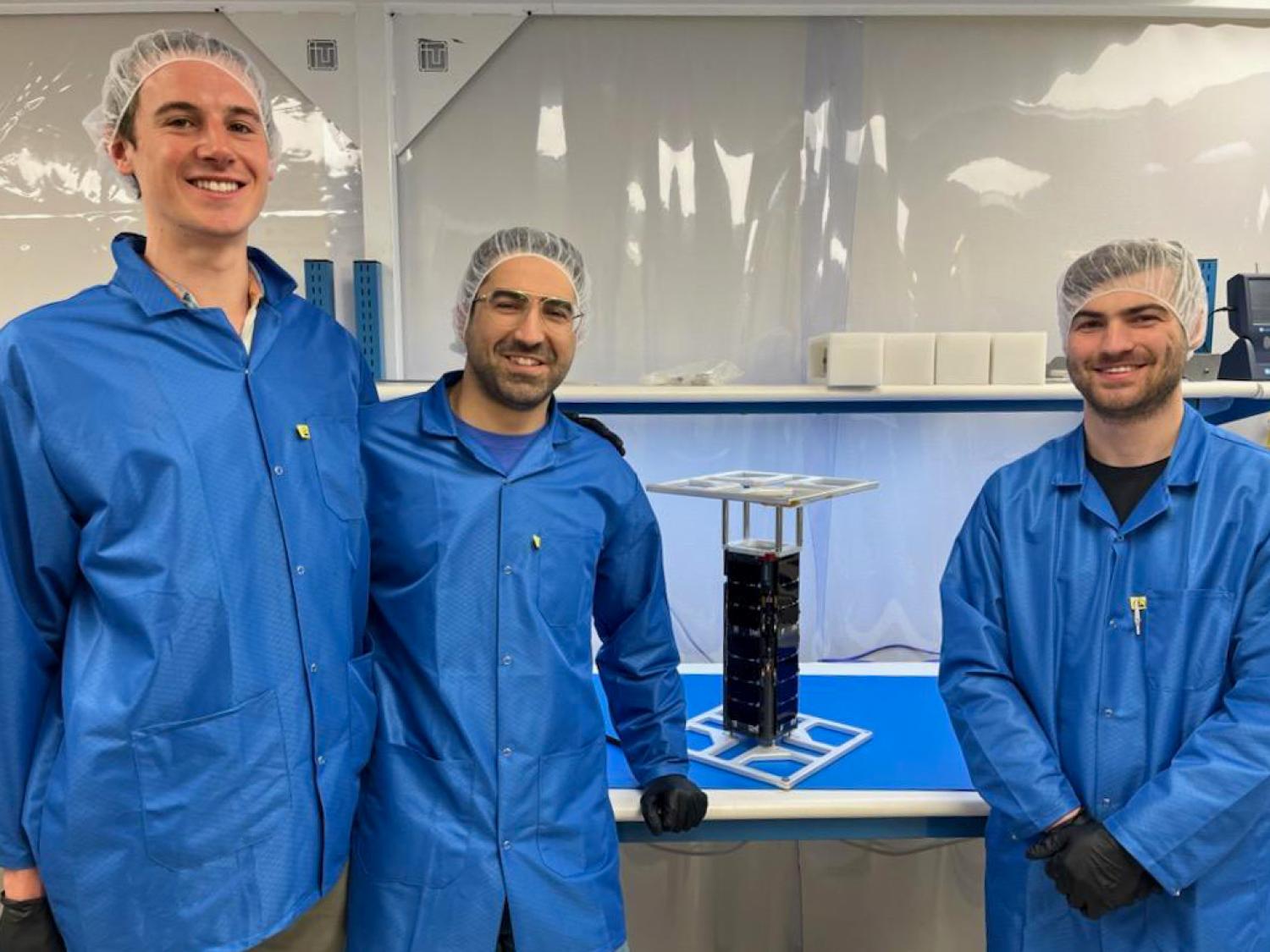Successful launch for the CIRBE CubeSat

CIRBE being successfully deployed from the Transport-7 SpaceX Falcon9 rocket.
The CIRBE CubeSat is live from space after a successful launch and deployment.
CIRBE, the Colorado Inner Radiation Belt Experiment nano satellite, is a joint project of the Laboratory for Atmospheric and Space Physics and the Ann and H.J. Smead Department of Aerospace Engineering Sciences.
Led by Profs. Xinlin Li and Scott Palo, CIRBE was launched into a sun synchronous orbit with local time ascending node at 10:30 AM (~97.4 deg inclination and ~500 km) on April 15 by a SpaceX Falcon 9 Rocket.
Communications with the spacecraft were established during its first path over Boulder, and both spacecraft and the instrument aboard are in normal working condition. The instrument was first turned on three days after launch. Science data were first downloaded via S-band and successfully decoded on April 20. The operations team are finishing the commissioning phase, and expect to move into normal science mode this week.
More than CU Boulder 20 aerospace graduate and undergraduate students are directly involved with CIRBE.
The CIRBE bus was built by Blue Canyon Technologies. Its science payload is REPTile-2 (Relativistic Electron and Proton Telescope integrated little experiment -2) with a mission to gain a better understanding of the formation of inner radiation belt electrons as well as determine where these particles come from and how they behave.
REPTile-2 is an advanced version of REPTile, which first flew on CSSWE, the Colorado Student Space Weather Experiment CubeSat. CSSWE was the first joint CubeSat of LASP and Smead Aerospace. It was also led by Li and Palo and operated in space for over two years in space from 2012-2014.
Find out more about CIRBE at LASP
CIRBE after being successfully integrated into the CubeSat dispenser.

